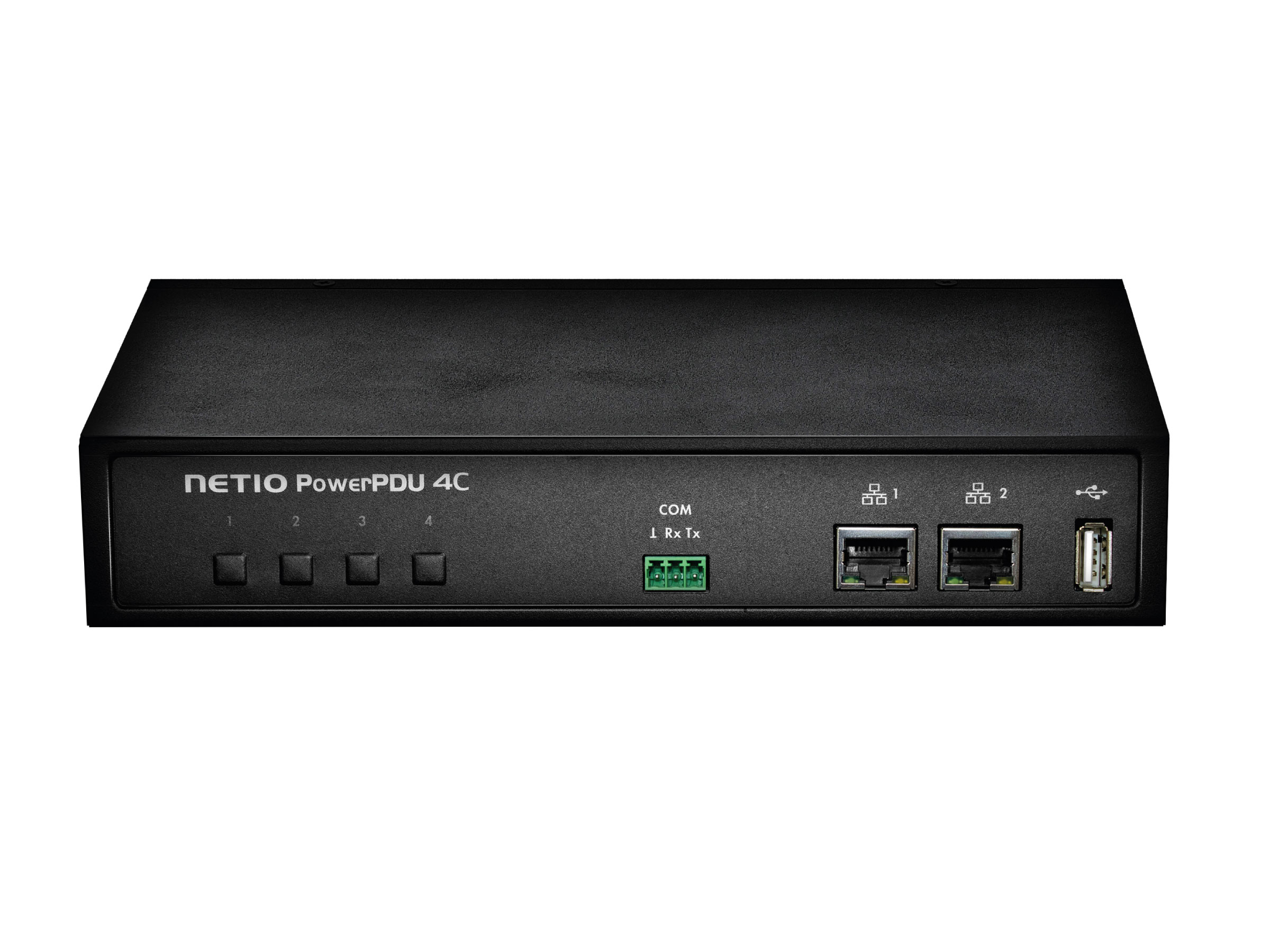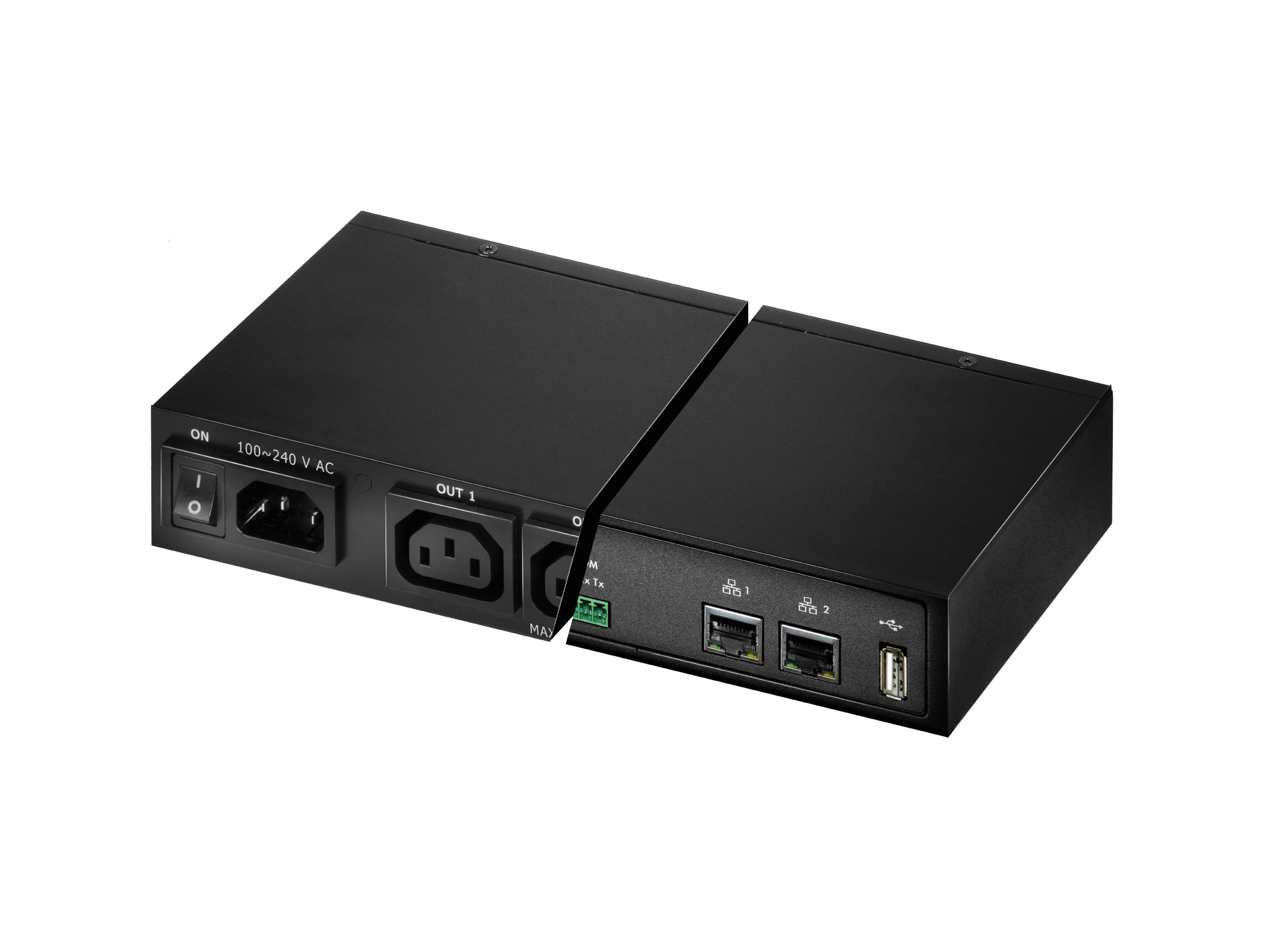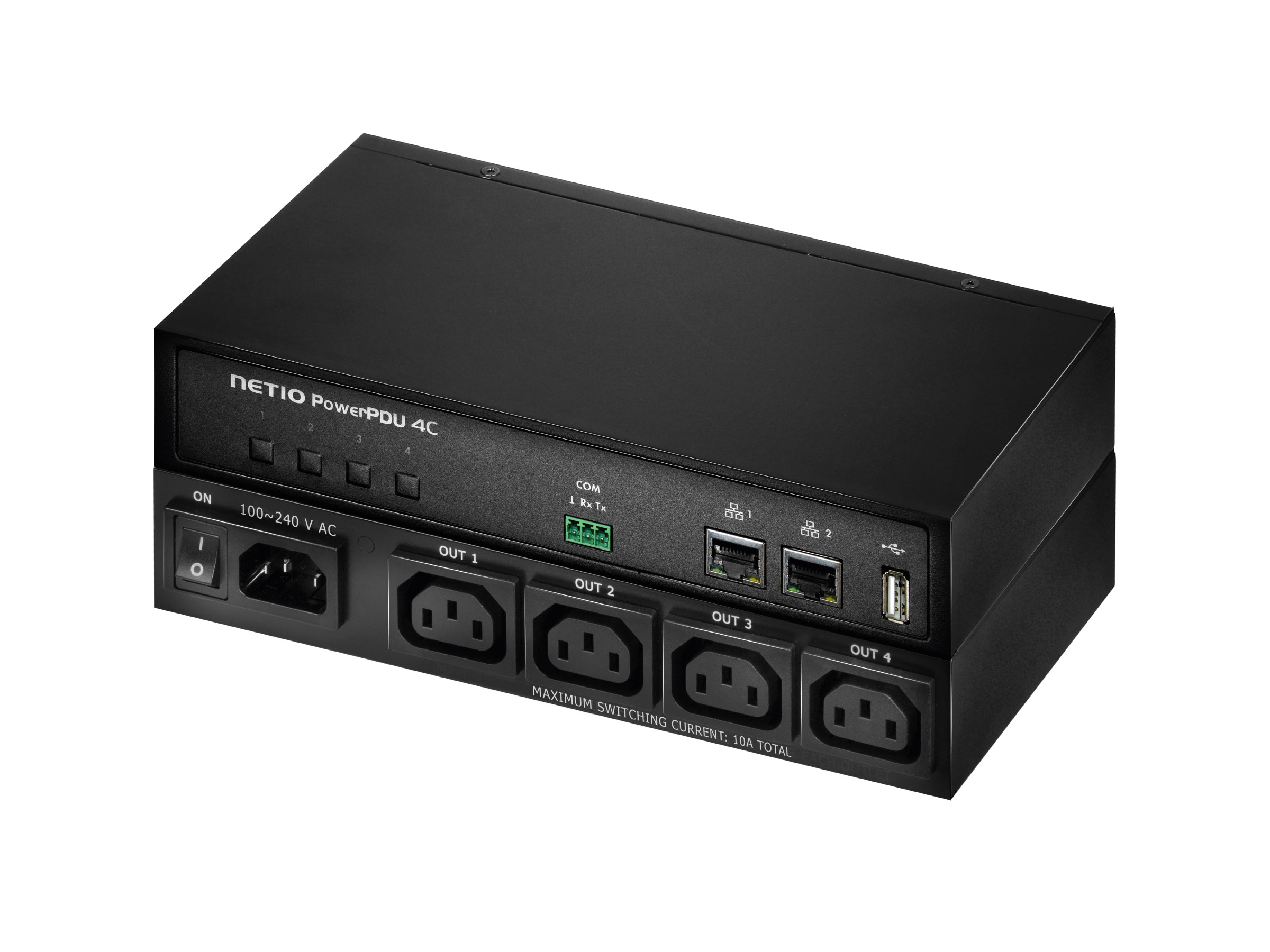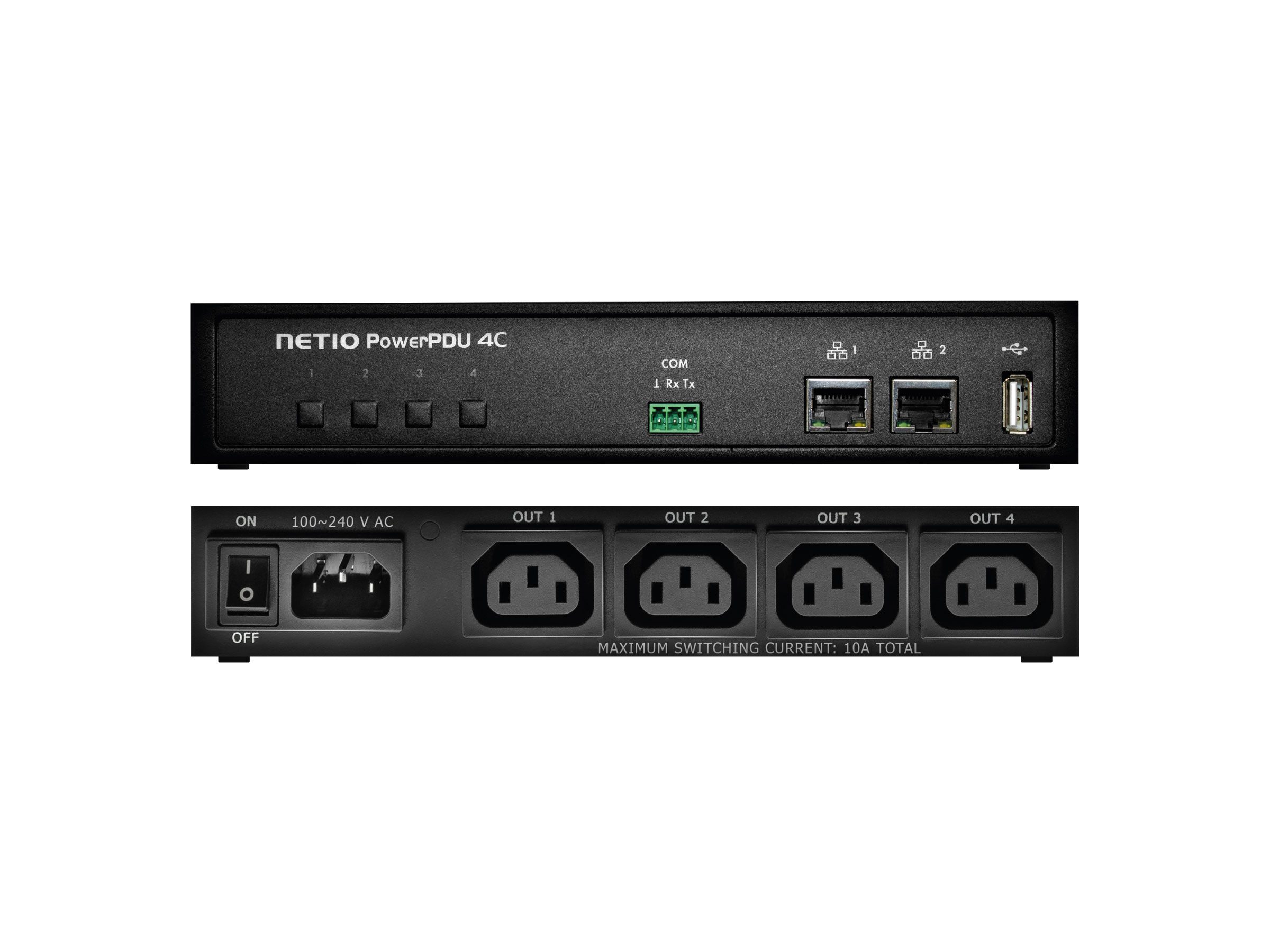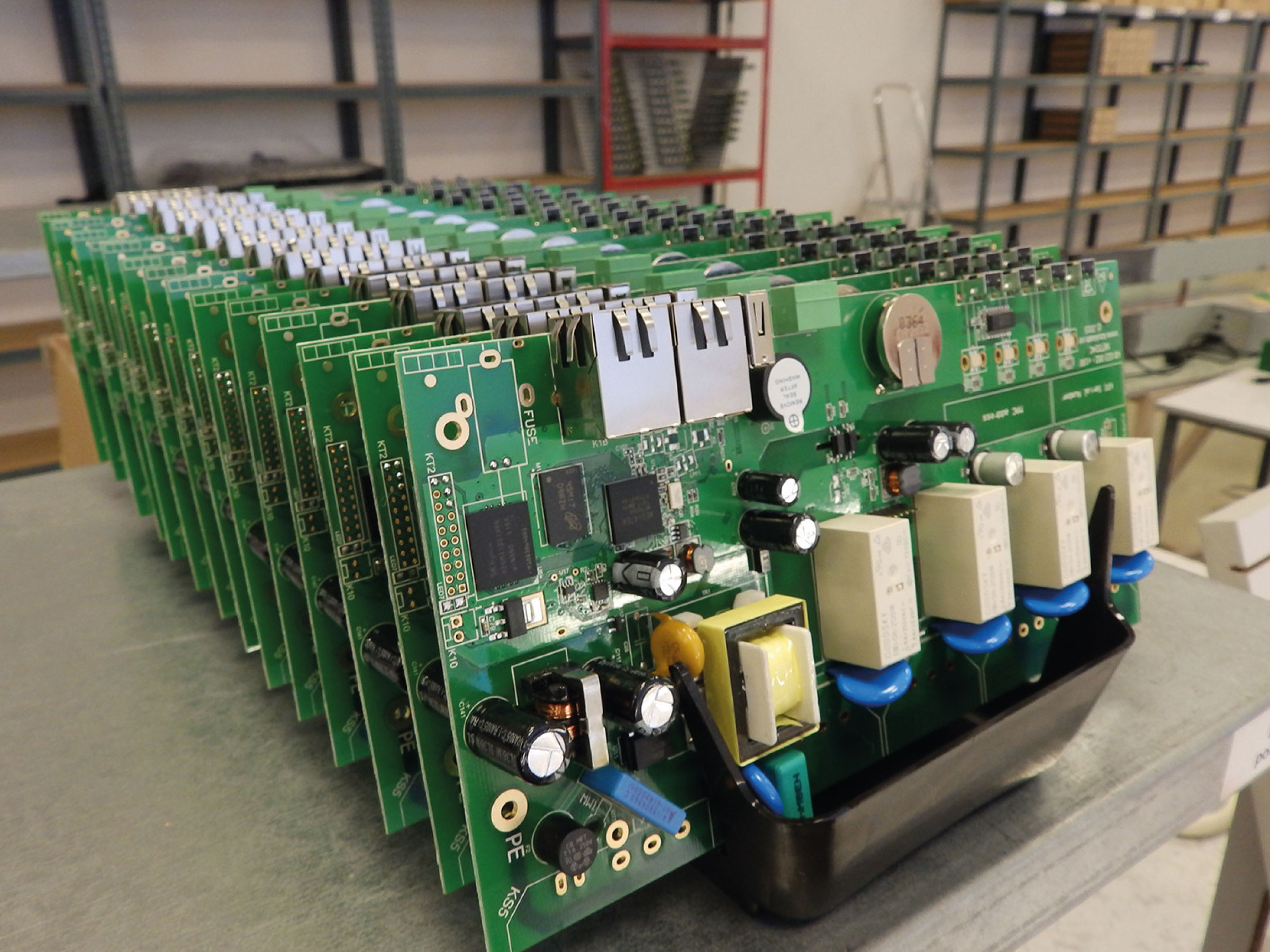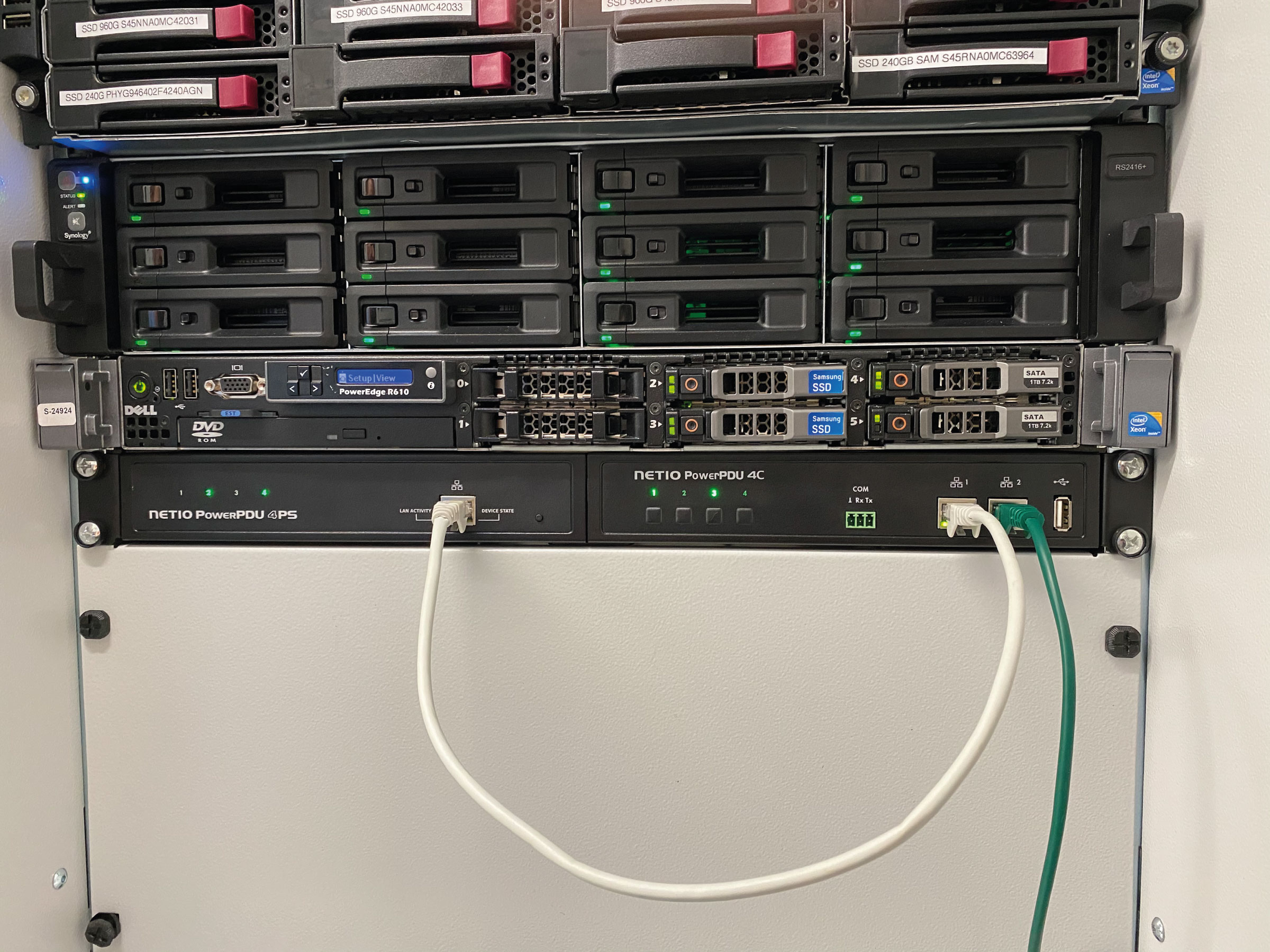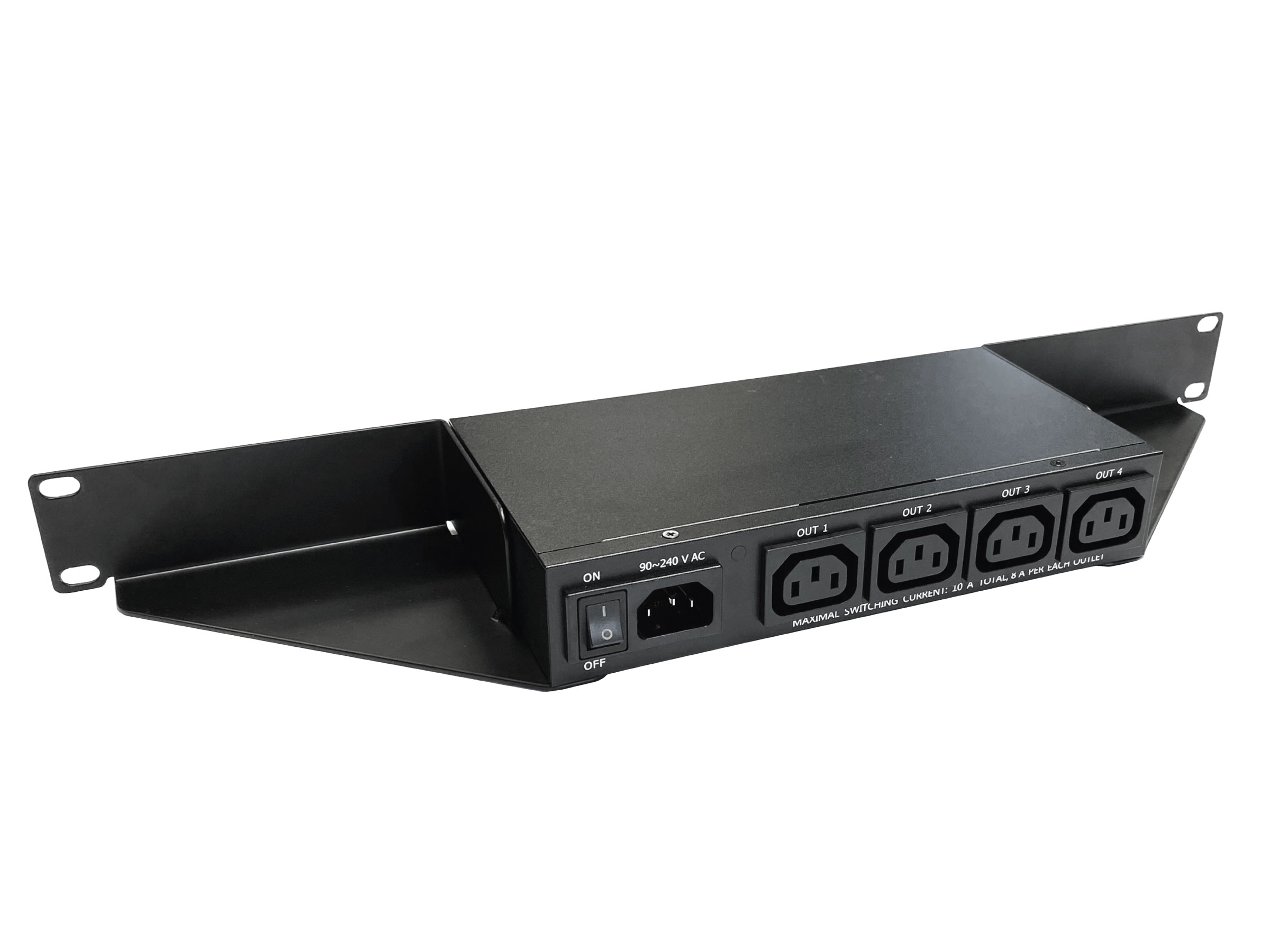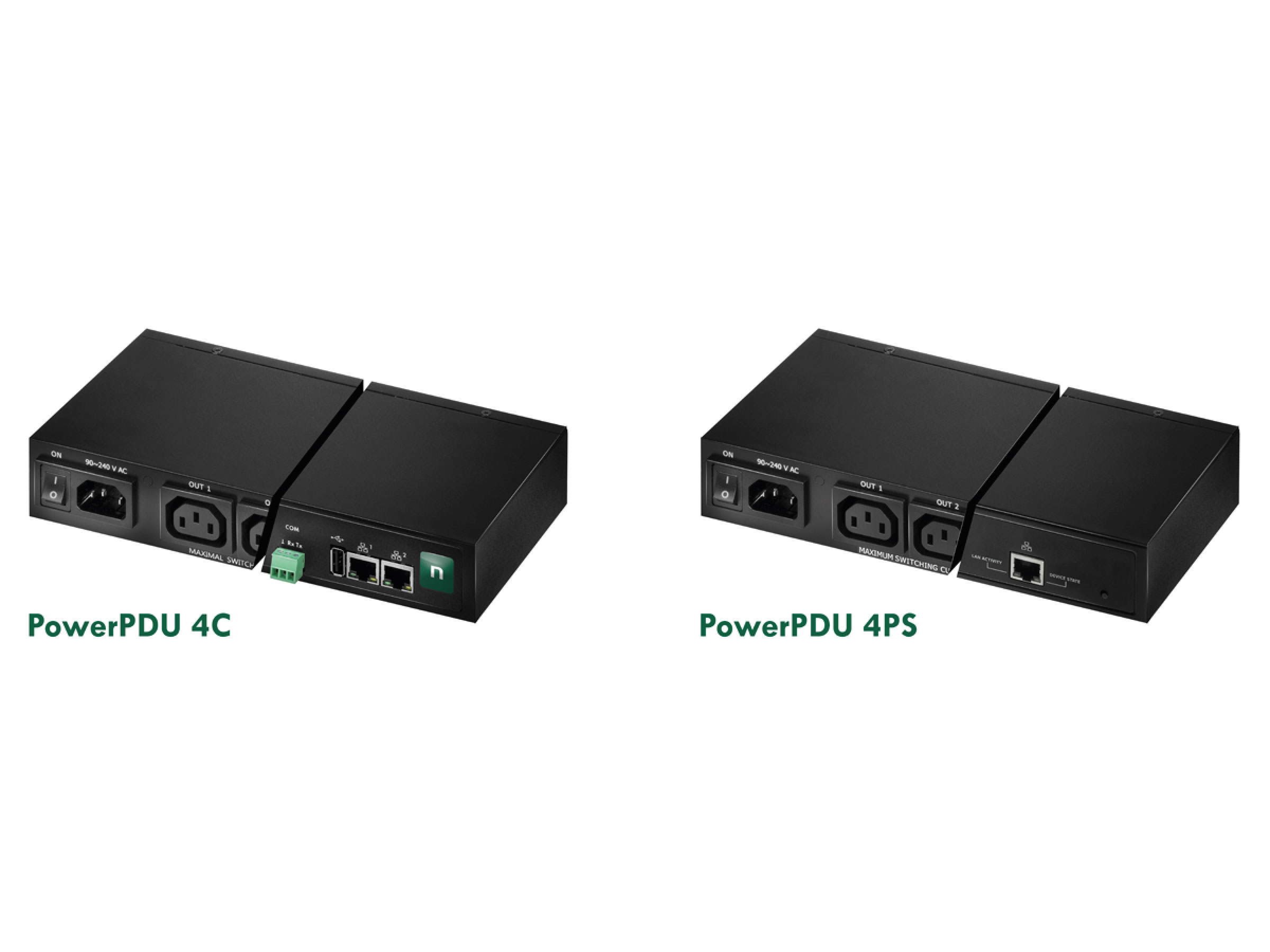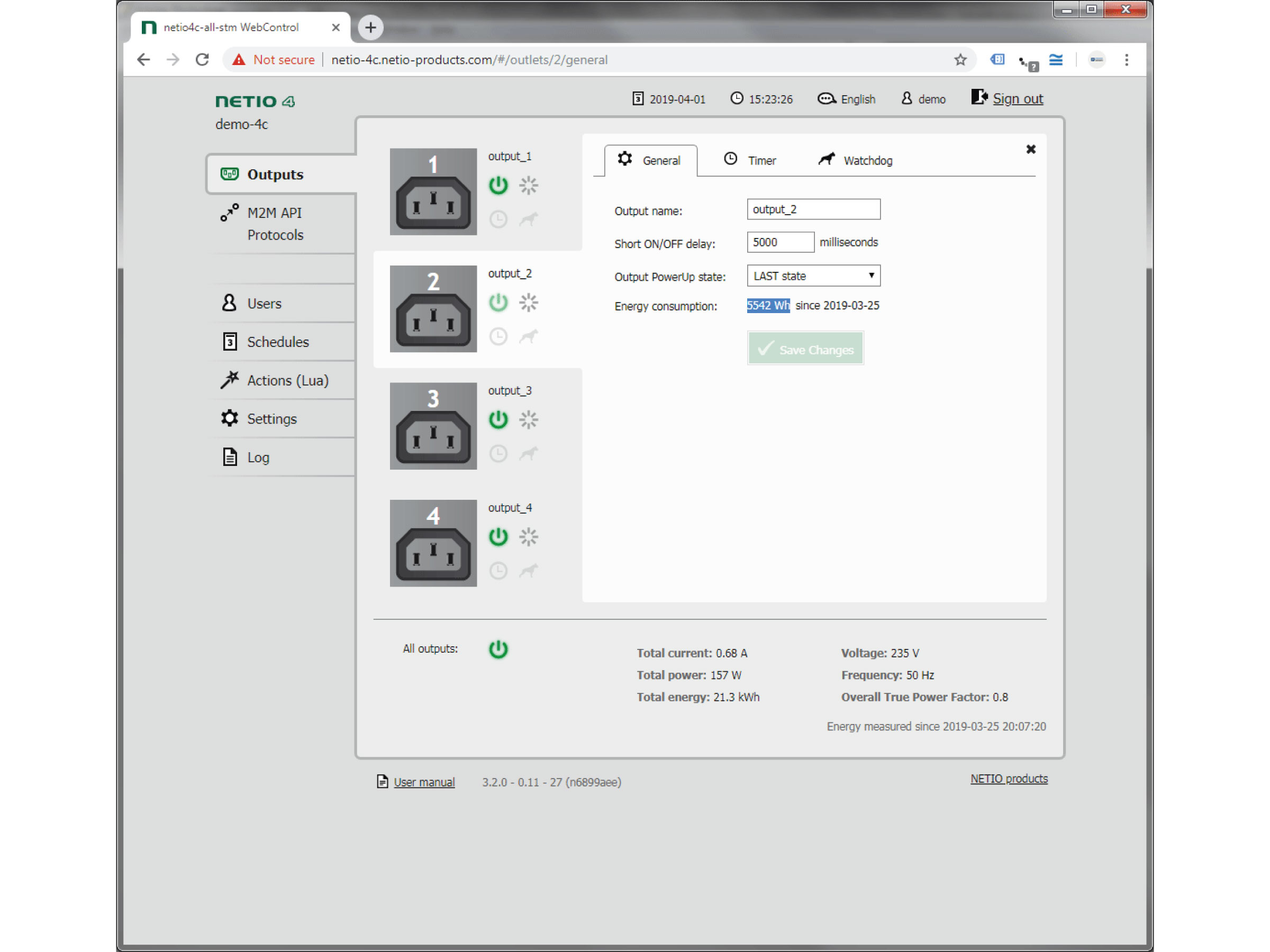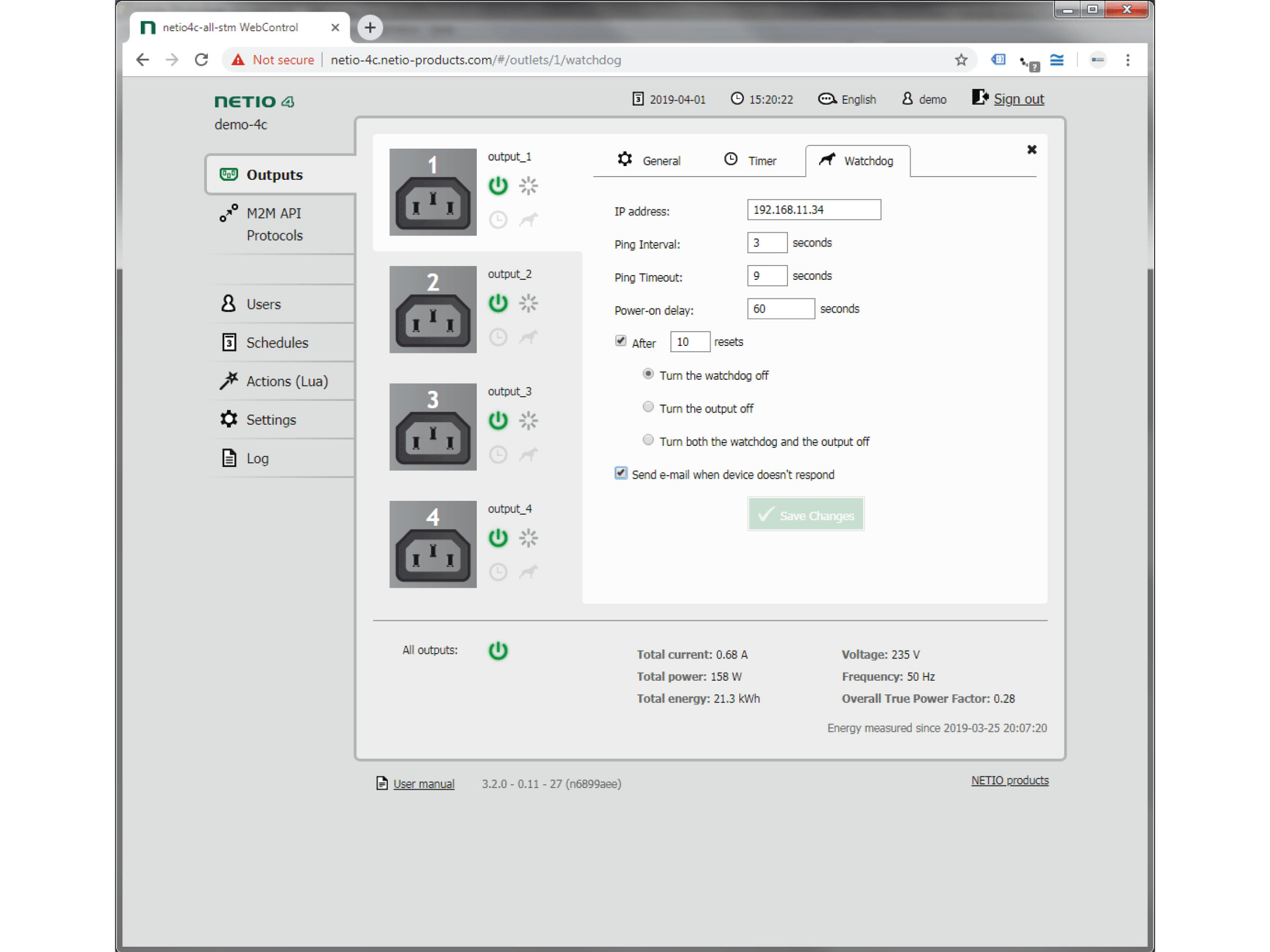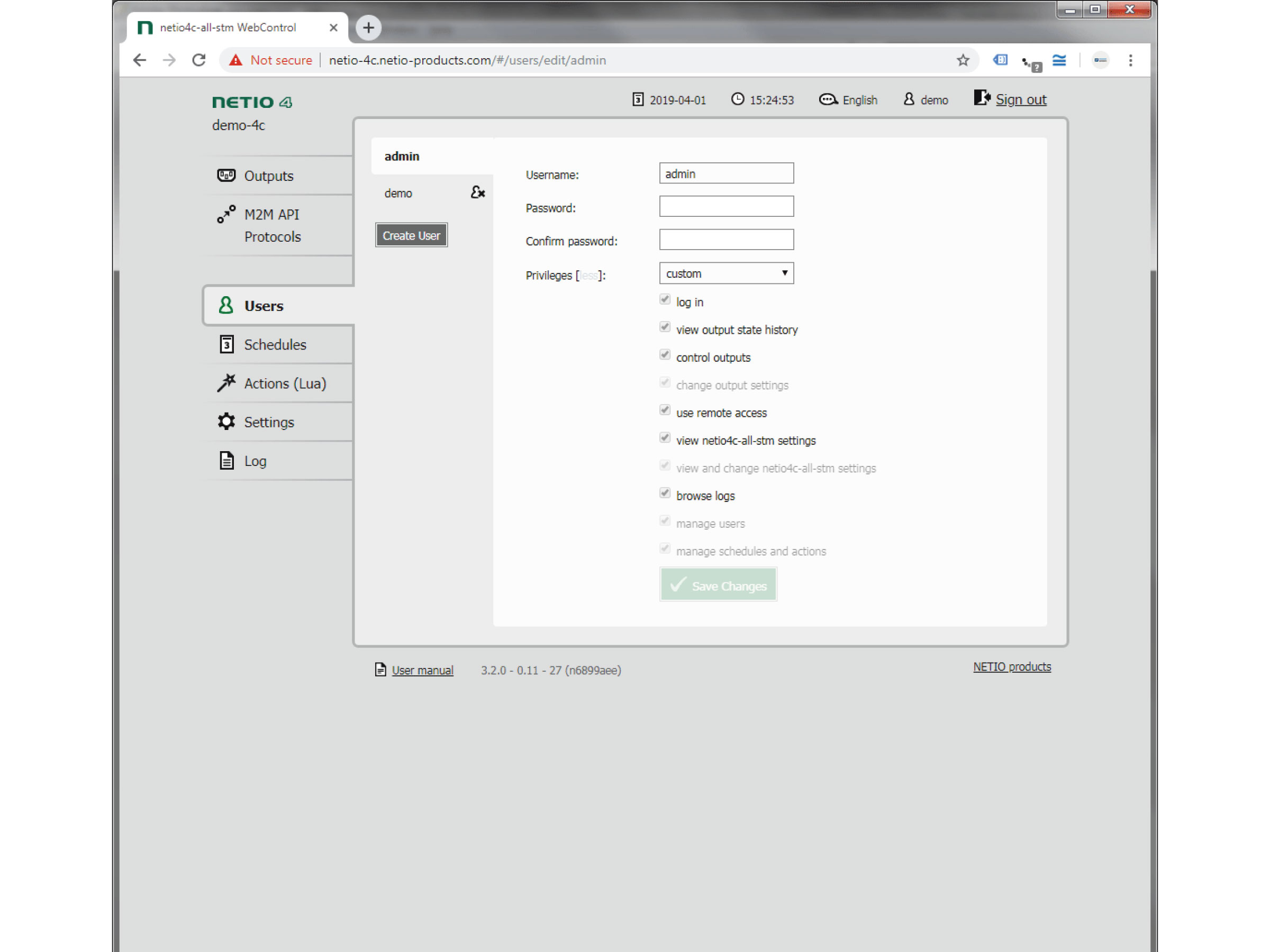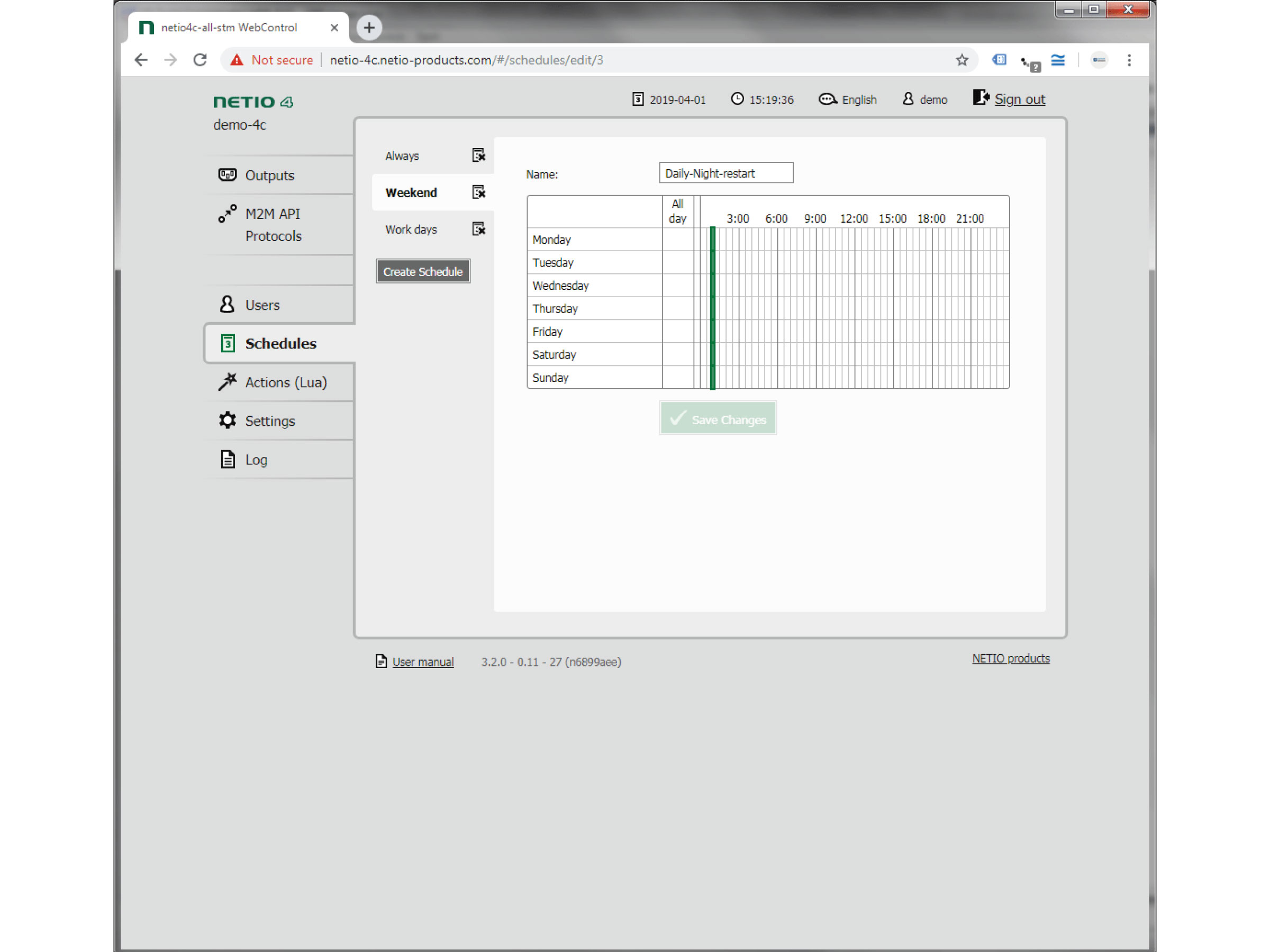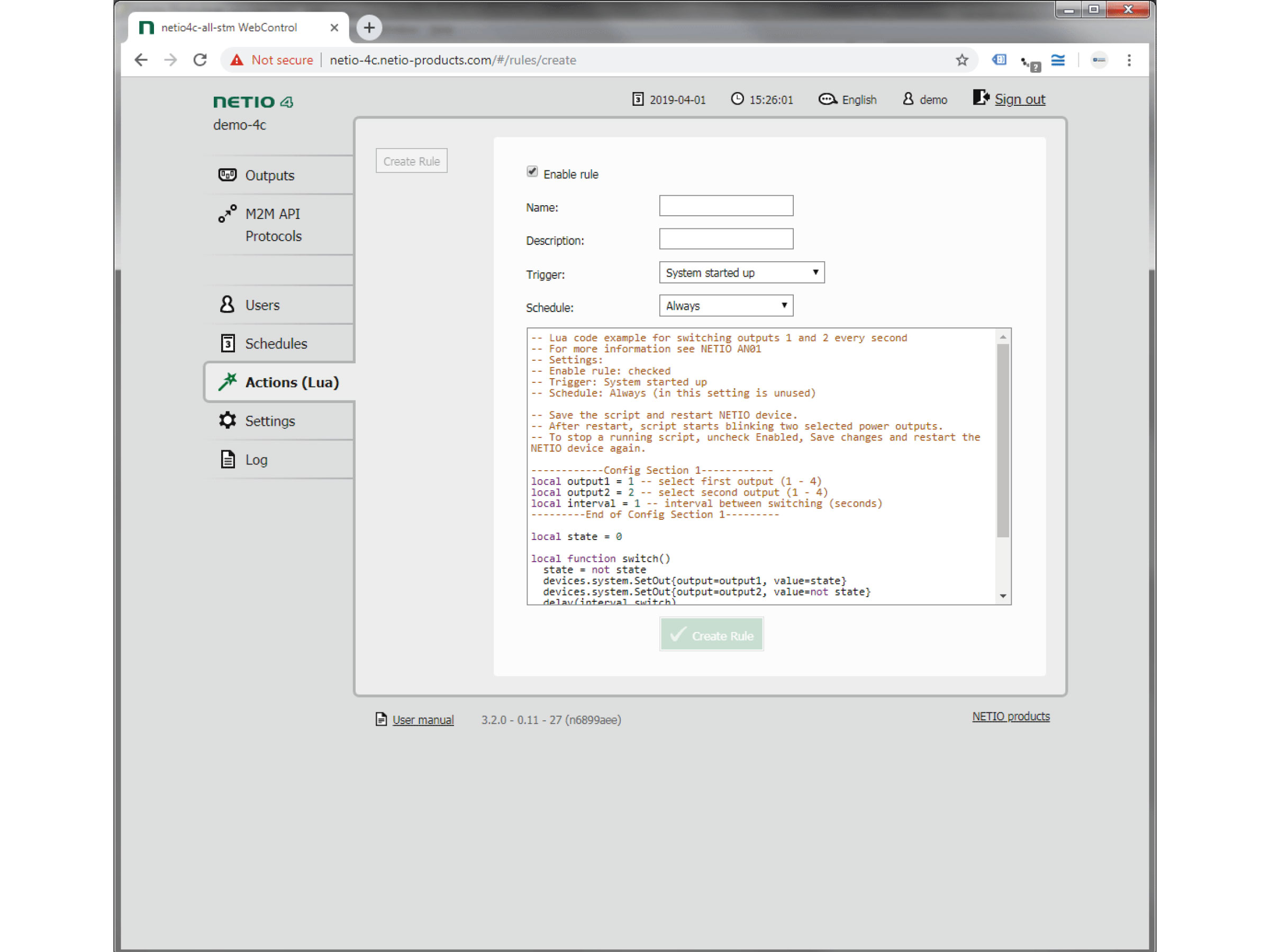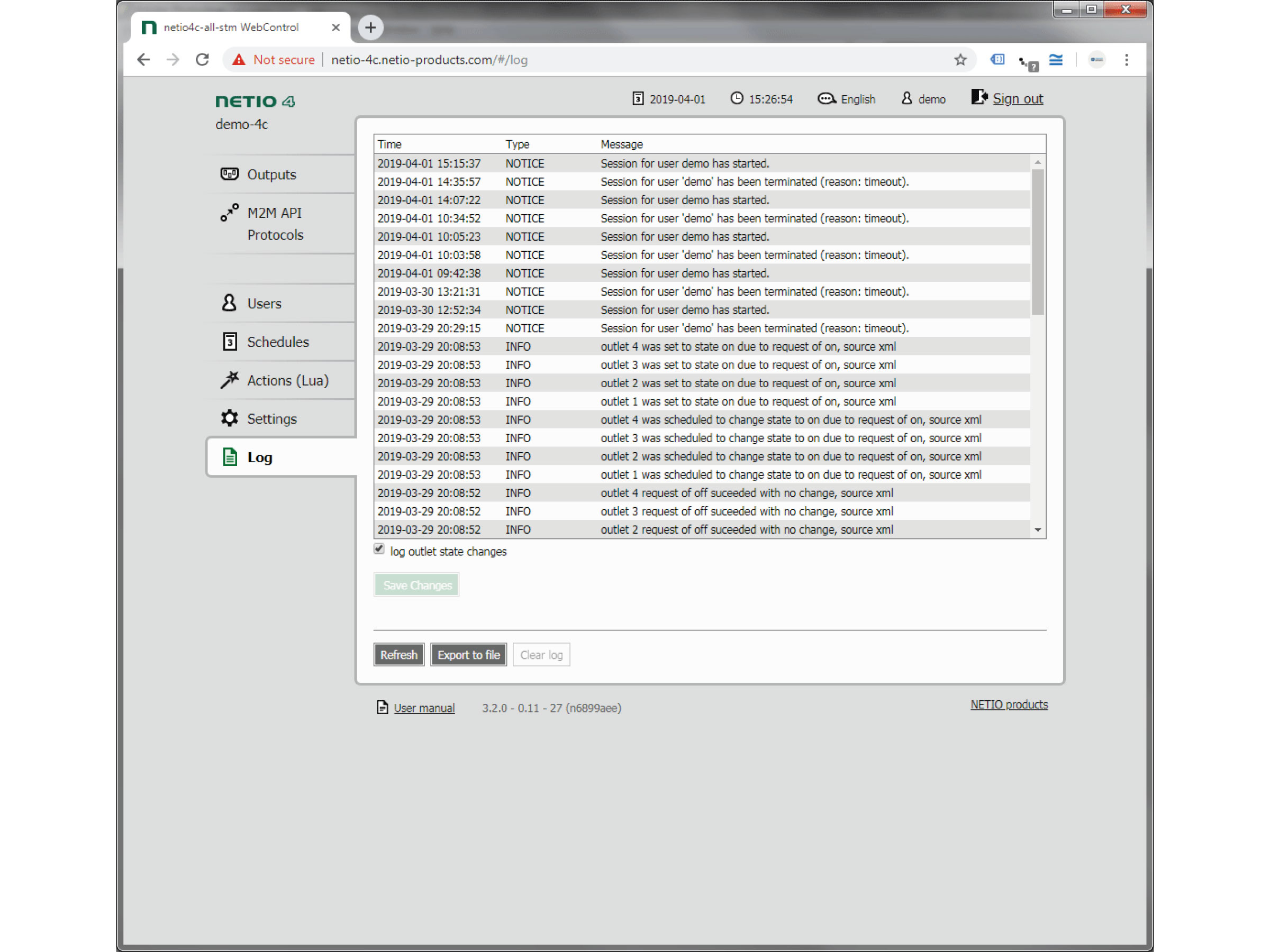USECASES FOR NETIO POWERPDU 4C:
- In IT, the NETIO 4C smart PDU is typically used to distribute electricity in a 19" rack (cabinet) in a data center.
- NETIO PowerPDU 4C is frequently used in conferencing rooms and in multimedia AV applications – whenever there is a need to individually control 110/230V electrical outlets from a master system (e.g. a control panel in the meeting room).
- Typical applications also include energy metering for equipment monitoring (3D printer, lab equipment, ...)
- In the area of Digital signage or AV multimedia, companies often use NETIO sockets to control multimedia screens and to monitor their functionality (using power measurements). NETIO supports the publishing of drivers for most common systems in this field.
- Remote or autonomous restarting of equipment in monitoring centers or information stands – at places that must operate 24/7 without outages (airports, shopping malls, railway dispatching centers, call centers, ...)
- NETIO is used to monitor (watchdog & measurement) and control a couple of devices such as light controller, filter pump, flow pump, heating etc. of a larger aquarium. The start-up behavior after a power failure and alert functions are also important.
